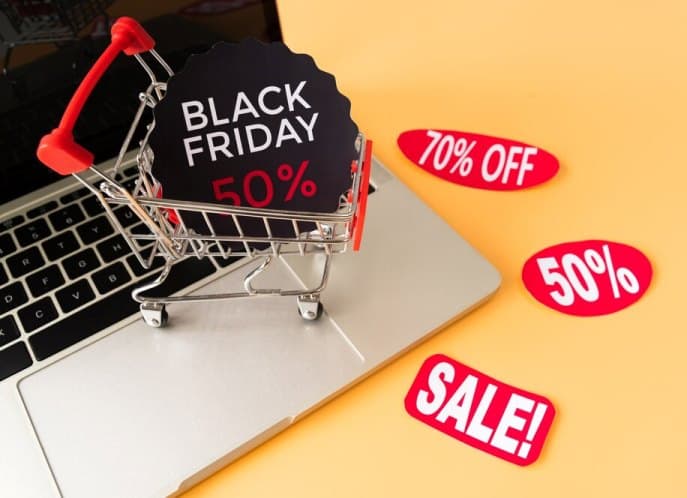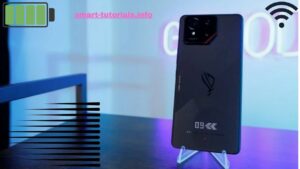Unleashing Innovation: A Comprehensive Guide to Top Tech Strategies for Product Promotion

In the fast-paced world of business, effective product promotion is essential for success. With the advent of technology, businesses have a plethora of tools and strategies at their disposal to reach their target audience, engage customers, and drive sales. From social media marketing to influencer collaborations, leveraging technology can take product promotion to new heights. In this comprehensive guide, we’ll explore some of the top tech strategies for promoting products, empowering businesses to stand out in today’s competitive market.
1. Social Media Marketing:
- Platforms: Utilize popular social media platforms such as Facebook, Instagram, Twitter, LinkedIn, and Pinterest to showcase your products to a wide audience.
- Engagement: Foster engagement with your audience by posting visually appealing content, including product photos, videos, and behind-the-scenes glimpses.
- Ads: Take advantage of targeted advertising options on social media platforms to reach specific demographics and maximize your promotional efforts.
- Influencer Collaborations: Partner with influencers in your industry or niche to promote your products to their followers, leveraging their credibility and reach.
2. Search Engine Optimization (SEO):
- Keywords: Conduct keyword research to identify relevant search terms related to your products, and optimize your website and product pages accordingly.
- Content: Create high-quality, informative content that incorporates relevant keywords and provides value to your audience, such as blog posts, product reviews, and tutorials.
- Backlinks: Build backlinks from reputable websites and blogs in your industry to improve your website’s authority and search engine rankings.
3. Email Marketing:
- Subscriber Lists: Build and segment email subscriber lists based on customer preferences, purchase history, and demographics to deliver targeted and personalized promotional campaigns.
- Automation: Implement email marketing automation tools to streamline campaign management, including welcome emails, abandoned cart reminders, and follow-up sequences.
- Content: Craft compelling email content that highlights your products’ features, benefits, and value propositions, and include eye-catching visuals and clear calls-to-action (CTAs).
4. Content Marketing:
- Blogs: Maintain an informative and engaging company blog to share valuable content related to your products, industry trends, and customer stories.
- Videos: Create engaging video content, such as product demos, tutorials, and customer testimonials, to showcase your products and connect with your audience on a deeper level.
- Podcasts: Launch a branded podcast series featuring discussions, interviews, and insights related to your products and industry, offering valuable content to your audience in an accessible format.
5. Influencer Marketing:
- Identification: Identify influencers in your niche or industry who align with your brand values and target audience demographics.
- Partnerships: Collaborate with influencers to create sponsored content, product reviews, unboxing videos, and social media posts that showcase your products to their engaged followers.
- Authenticity: Prioritize authenticity and transparency in influencer partnerships to build trust with your audience and ensure the effectiveness of your promotional efforts.
6. User-Generated Content (UGC):
- Encouragement: Encourage customers to create and share UGC, such as photos, videos, and reviews, featuring your products on social media platforms.
- Reposting: Repost UGC on your brand’s social media channels and website to showcase real-life experiences and testimonials from satisfied customers.
- Engagement: Engage with users who create UGC by liking, commenting, and sharing their posts, fostering a sense of community and loyalty around your brand.
7. Augmented Reality (AR) and Virtual Reality (VR):
- AR Try-On: Implement AR try-on experiences for products such as apparel, accessories, and cosmetics, allowing customers to visualize products in real-world environments before making a purchase.
- VR Experiences: Create immersive VR experiences that transport users to virtual showrooms, product launches, or interactive demos, providing an engaging and memorable brand experience.
8. Chatbots and AI-Powered Assistants:
- Customer Support: Deploy chatbots and AI-powered assistants on your website and social media platforms to provide instant customer support, answer frequently asked questions, and guide users through the purchasing process.
- Personalization: Leverage AI algorithms to analyze customer data and behavior, personalize product recommendations, and deliver tailored marketing messages to individual users.
9. Gamification:
- Contests and Challenges: Gamify product promotion by hosting contests, challenges, and interactive quizzes that encourage user participation and engagement.
- Rewards: Offer rewards, discounts, and exclusive offers to users who participate in gamified experiences, motivating them to interact with your brand and products.
10. Analytics and Performance Tracking:
- Metrics: Track key performance indicators (KPIs) such as website traffic, conversion rates, engagement metrics, and sales revenue to measure the effectiveness of your promotional strategies.
- Analytics Tools: Utilize analytics tools such as Google Analytics, social media insights, and email marketing platforms to gather data, analyze trends, and optimize your promotional campaigns for better results.







